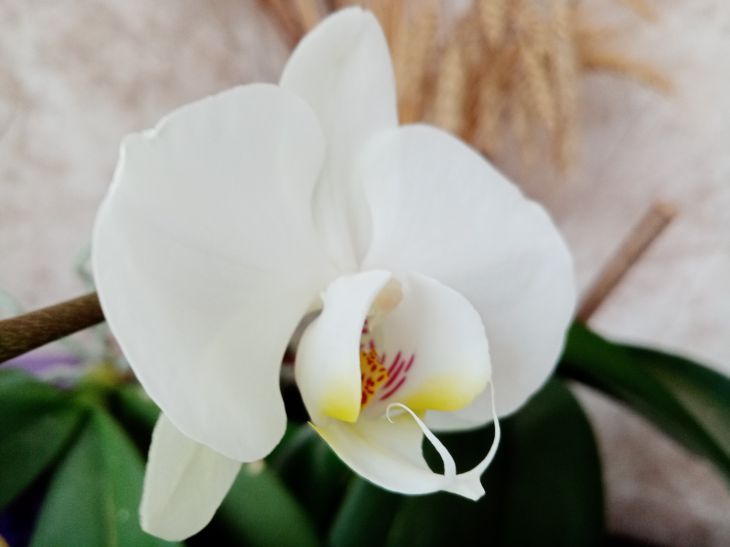Orchid is considered the queen of all flowers. But if you do not care for it properly, it can lead to serious problems. But do not despair, the plant can still be saved.
The orchid is a perennial flowering plant with evergreen leaves that loves warmth and humidity. It can be grown in pots, as a houseplant or in window boxes.
There are different types, but the most famous is the Phalaenopsis orchid, also known as the butterfly orchid. This plant is easy to care for, but can wilt if not given the right conditions. Learn how to save it in 5 steps.
How to Save a Dying Orchid
To care for an orchid and keep it in good condition, you need to know the conditions in which it is grown. Sometimes too much or too little water can be fatal for the plant. However, you should know that a dying orchid can be saved. By following these steps, you can prepare the plant for a new bloom so that it can decorate your home with its beautiful flowers.
It is important to examine the plant carefully to properly care for it. This will help you identify the cause of the plant's wilting and determine whether it is dying or simply dormant. If the leaves fall off, this does not mean the orchid is dead, it is dormant.

If the leaves are yellow, the plant is suffering from a disease, and if they are dark green, the plant is suffering from a lack of light.
You can tell that an orchid is dying by its dry leaves and soft, brown or even black roots. The main reason for orchids dying is excess water, which causes them to rot. However, the plant can be saved if it still has healthy aerial roots.
Clean the orchid roots
To clean the roots of the plant, it is important to carefully remove it from the pot. Then remove any bits of soil that are stuck to them. This could be mulch, moss, or bark used in potting soil. After that, rinse the roots with water to get rid of any dirt that has settled on them.
Trim off any dead roots.
Using disinfected scissors, trim off any roots that appear dead, mushy, brown, or black. Keep only green roots or those with green tips. If the rot has also affected the stem, trim it just below the leaves and remove any dead or damaged leaves and petals.
Move your orchid
Repotting allows you to give the plant a new substrate and thus an additional supply of nutrients to help the orchid bloom again. Choose a transparent plastic pot so that you can regularly check the condition of the roots.
The best potting soil is bark chips or sphagnum moss. Also consider adding clay balls to the bottom of the pot to help with drainage. Be sure to water the transplanted plant lightly to moisten the soil.
Provide the right habitat
Place the orchid in a bright spot, but do not expose it to direct sunlight. This can cause the plant's leaves to burn, so choose partial shade. Since they are not very hardy, they also need warmth.
Keep them at a temperature of 18 to 21°C, away from draughts and heat sources such as radiators, which dry out the air.
Orchids appreciate humidity, so they should be watered with non-calcium water, such as rainwater, and at room temperature to avoid temperature shock, which damages the plant's root system.
Also, water the orchid leaves periodically and do not leave water in the saucer or pot. Take care to protect orchids from pests such as aphids and flies.








